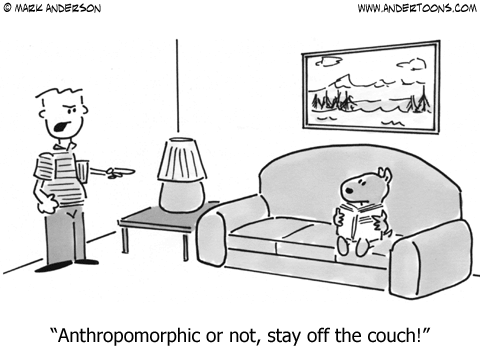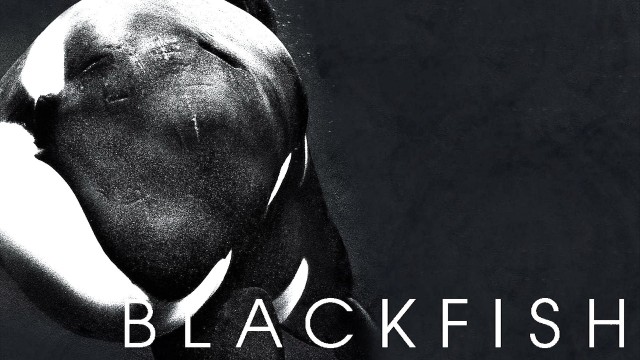It’s not a lie to say that humans have had a fascination of animals since the beginning of time. We’ve seen animals our entire lives – at the zoo, in the wild, or on our television. From a young age, we’re introduced to animals in the media with Disney Movies (The Jungle Book, The Lion King and Bambi just to name a few) and television shows feeding our fascination. Wildlife documentaries such as National Geographic has made this fascination of animals even more focused, looking at animals up close and personal.

In John Berger’s “Why Look At Animals”, he suggests a theory that states that humans have become civilised in urban areas, being disconnected and isolated from other species, and now humans want to see them again (Berger, 2005).
Even the simplest Disney films and documentaries reflect an aspect of humanity in the natural world, therefore establishing the concept of anthropomorphism. These animals develop a humanised component and understanding of the story/world surrounding them. We then relate to these animals and our emotions connect with them, understanding the way in which we understand their nature.
Some, on the other hand, may argue that animals are not always portrayed in the media for anthropomorphism. There are some documentaries that aim to stay unbiased and portray animals in the wild that aren’t affected by human interference. Núria Almiron contradicts this, arguing that in documentaries, filmmakers still impose “human narrative, a human cultural aesthetic, upon the animals.”
Anthropomorphic approaches in children’s movies and television shows the animals in an educational role. Such shows such as Sesame Street even humanise animals, in an educational purpose. This can teach and instil young children ethics, lessons and values (Burke, C. et al, 2004). The main reason that we give animals human qualities, according to Ann Casano, is that it make’s the unfamiliar appear more familiar to a reader.”
Though, scientists have begun to warn that anthropomorphism can in fact be harmful.
One can believe that anthropomorphism can cause the audience to believe an unfair and inaccurate understanding of the animal’s natural world and what occurs. Does this in fact alter the way we as humans perceive and interact with these animals?

Anthropomorphism has developed to such a state that animals are now used in all kinds of media – such as documentaries focussing on animal welfare (such as Blackfish) and campaigns in the media. When watching documentaries such as Blackfish, it’s important to question whether or not the level of anthropomorphism affects what the creators of the film are trying to get across. An emotional investment in these films are expected to be inputed, after the humanisation of animals occurs. I for one believe that without the emotional investment in Blackfish, I wouldn’t be able to invest in the educational and factual aspects of the film.
The humanisation of animals can be known to be powerful and successful. It can teach children education values in creative and fun ways, and it can subject an audience to change their viewpoints on a matter and find an emotional connection for creatures.
